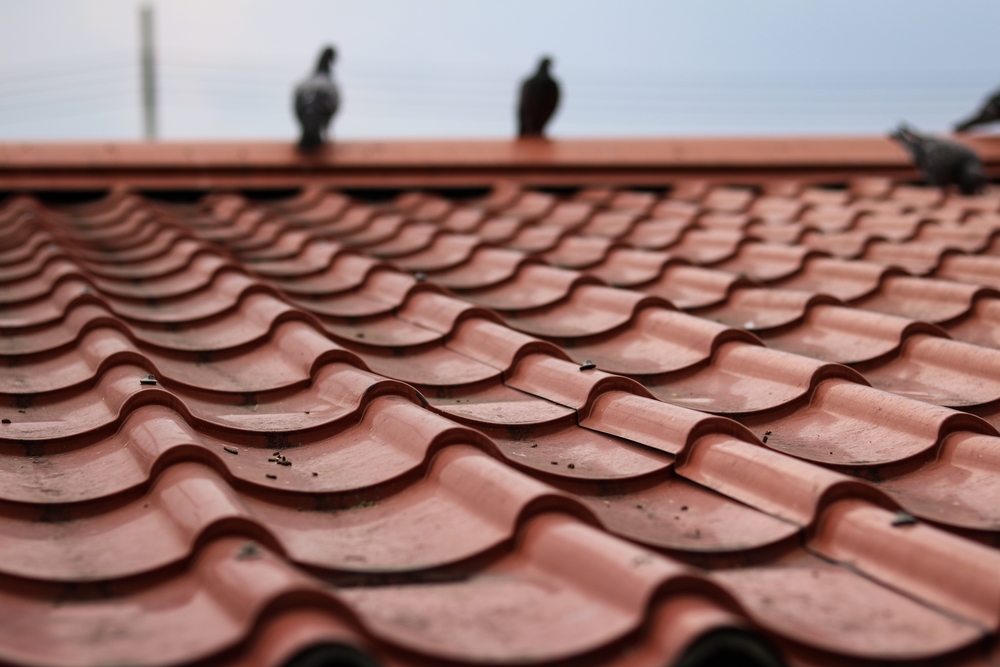

Cool roofing is a sustainable building practice gaining popularity for its environmental benefits and energy efficiency. In this article, we’ll delve into the environmental impact of cool roofing and how it can play a significant role in combating climate change. From reducing energy consumption to mitigating the urban heat island effect, cool roofing offers numerous advantages for both the environment and building owners.
Understanding Cool Roofing
What is Cool Roofing?
Cool roofing refers to roofing materials designed to reflect more sunlight and absorb less heat than traditional roofing materials. These roofs stay cooler in the sun, reducing the amount of heat transferred to the building below and the surrounding environment.
How Do Cool Roofs Work?
Cool roofs achieve their reflective properties through various means, including:
- Reflective Materials: Cool roofs are typically made from materials with high solar reflectance, such as white membranes, coatings, or tiles.
- Emissivity: In addition to reflecting sunlight, cool roofs emit a higher percentage of absorbed solar radiation as thermal radiation, further reducing heat transfer.
Environmental Benefits of Cool Roofing
Energy Efficiency
One of the most significant environmental benefits of cool roofing is its energy efficiency. By reducing the amount of heat absorbed by buildings, cool roofs help lower indoor temperatures, thereby reducing the need for air conditioning. This leads to decreased energy consumption and lower greenhouse gas emissions from power plants.
Mitigation of Urban Heat Island Effect
Urban areas tend to be significantly warmer than rural areas due to the abundance of heat-absorbing surfaces like asphalt and concrete. This phenomenon, known as the urban heat island effect, can have detrimental effects on public health and energy usage. Cool roofing helps mitigate this effect by reflecting sunlight and reducing surface temperatures, thereby lowering ambient temperatures in urban areas.
Reduction of Air Pollution
Cool roofs indirectly contribute to the reduction of air pollution by lowering energy demand and decreasing the need for fossil fuel combustion in power plants. By reducing the production of air pollutants such as carbon dioxide (CO2), sulfur dioxide (SO2), and nitrogen oxides (NOx), cool roofing helps improve air quality and public health.
Conservation of Natural Resources
Cool roofing can also contribute to the conservation of natural resources. By reducing energy consumption, cool roofs lessen the demand for fossil fuels, which are finite resources with significant environmental impacts associated with extraction and combustion. Additionally, some cool roofing materials are made from recycled or sustainable materials, further reducing the environmental footprint of roofing systems.
Cool Roof Benefits for the Environment
Longevity and Durability
Cool roofing materials are often designed to be durable and long-lasting, reducing the need for frequent roof replacements or repairs. This longevity helps minimize waste generation associated with roofing materials and reduces the environmental impact of roof maintenance activities.
Solar Energy Potential
In addition to reflecting sunlight, cool roofs can also enhance the efficiency of rooftop solar energy systems. By reducing roof temperatures, cool roofs help solar panels operate more efficiently, thereby increasing the potential for renewable energy generation and further reducing reliance on fossil fuels.
Energy Efficient Cool Roof Materials
Types of Cool Roofing Materials
Several types of materials can be used to create cool roofs, each offering unique benefits:
- White Membranes: Reflective membranes made from materials such as PVC or TPO offer high solar reflectance and emissivity.
- Coatings: Reflective coatings can be applied to existing roofs to enhance their cool roof properties. These coatings are typically white or light-colored and can be applied to various roofing materials.
- Tiles and Shingles: Cool roof tiles and shingles are available in a variety of colors and materials, including clay, concrete, and metal. These materials are designed to reflect sunlight and reduce heat absorption.
Considerations for Cool Roof Selection
When selecting cool roofing materials, consider the following factors:
- Solar Reflectance: Choose materials with high solar reflectance to maximize the cooling effect.
- Emissivity: Look for materials with high emissivity to enhance thermal radiation and further reduce heat transfer.
- Durability: Select materials that are durable and weather-resistant to ensure long-term performance.
- Energy Savings: Calculate potential energy savings based on the cooling benefits of different roofing materials to determine the most cost-effective option.
Conclusion
Cool roofing offers numerous environmental benefits, including energy efficiency, mitigation of the urban heat island effect, and reduction of air pollution. By choosing energy-efficient cool roof materials, building owners can lower energy consumption, improve air quality, and contribute to the fight against climate change. As sustainable building practices continue to gain momentum, cool roofing stands out as a simple yet effective solution for reducing the environmental impact of buildings and combating climate change.
Need Roofing Contractors in Glendora, CA?
Since 1979, Dowd Roofing Co. has provided residential and commercial roofing, roof repair, and much more to Glendora, CA and the surrounding areas. Dowd Roofing Co. takes integrity and dependability very seriously when it comes to your projects, from whole roof replacements to storm damage maintenance. We work on asphalt roofing, concrete tile roofing, spray coating, leak plugging, inspections, and more. With over 35 years of experience, you know we are still in business for a reason, Call us today to schedule an estimate, or contact us through our website.
